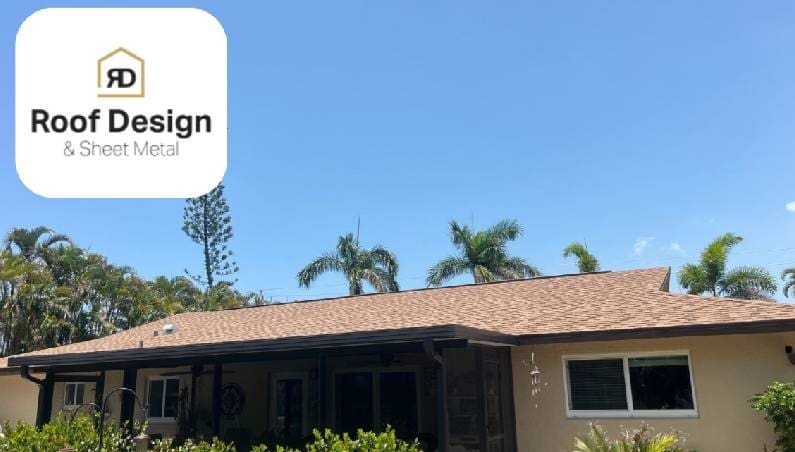A well-designed roof not only adds to the aesthetic appeal of your home but also plays a crucial role in protecting it from the elements. However, when it comes to roof design, there are several key considerations that can significantly impact long-term repair costs. In this blog post, we will explore these essential factors and how they can affect the need for roof repairs or even roof replacement.
1. Roof Pitch and Materials:
The pitch or slope of your roof and the materials used are fundamental design elements. Roofs with steep pitches tend to shed water and debris more effectively, reducing the likelihood of leaks and damage. Additionally, choosing high-quality roofing materials that are suited to your climate can extend the lifespan of your roof and decrease maintenance costs in the long run.
2. Proper Ventilation:
Adequate ventilation is crucial for maintaining a healthy roof. Improper ventilation can lead to moisture buildup in the attic, which can, in turn, cause structural damage and mold growth. A well-ventilated roof helps regulate temperature and humidity levels, ultimately reducing the risk of costly repairs.
3. Flashing and Sealing:
Properly installed flashing and sealing are essential for preventing water infiltration. Flashing is used to seal roof joints and transitions, such as around chimneys, skylights, and vents. Poorly installed or damaged flashing can lead to roof leaks, which can be costly to repair. Regular inspections and maintenance of flashing can help avoid these issues.
4. Drainage System:
Effective drainage is vital to prevent water from pooling on your roof. Ponding water can lead to deterioration of roofing materials and increased repair costs. Well-designed gutters, downspouts, and a reliable drainage system ensure that rainwater is efficiently directed away from your roof and foundation.
5. Roof Design Complexity:
The complexity of your roof’s design can impact repair costs. Complicated roof designs with multiple angles, valleys, and dormers can be more challenging and expensive to repair than simpler, more straightforward designs. When planning your roof design, consider the long-term maintenance and repair implications of its complexity.
6. Regular Maintenance:
Even the best-designed roofs require regular maintenance to ensure they stay in optimal condition. Neglecting maintenance can lead to small issues escalating into more significant and costly problems over time. Scheduling routine inspections and addressing minor repairs promptly can save you money in the long term.
Conclusion:
In summary, roof design is a critical factor that can influence long-term repair costs. Investing in a well-thought-out roof design, quality materials, proper ventilation, and regular maintenance can help extend the lifespan of your roof and reduce repair expenses. To ensure your roof is designed and maintained to withstand the challenges of the Naples climate, give us a call!

